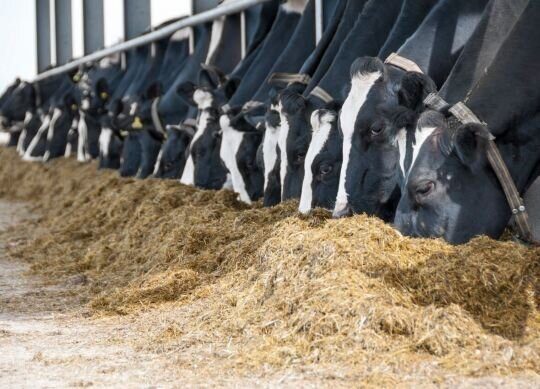Don’t Lead Feed Prices Shortchange Peak Milk
With livestock feed prices on the rise, many farmers will be looking for ways to reduce input costs. While there may be opportunities to trim unnecessary spending, University of Illinois’ Mike Hutjens cautioned farms against making cuts that will impact milk production.
“If we are feeding dairy cows, we only get to set the peak milk curve one time in each lactation,” he said during the November Hoard’s Dairyman webinar. “Don’t let high price feeds cut the lactation curve.”
Hutjens went through a scenario where 1 pound of dry matter costs 12 cents and 1 pound of milk is worth 17 cents. One pound of dry matter can support an additional 2 pounds of milk per day, valued at 34 cents. Minus the feed costs, the profit per pound of dry matter is 22 cents per cow per day.
“I am going to take that to the bank,” Hutjens said. “Never give up on milk.”
Some farms may be short of forage supplies this year and will wonder how low they can go with forage inclusion in rations. There are opportunities here, but Hutjens noted, “Forages are a huge factor in determining if I get that extra pound of dry matter intake in high-producing cows.”
He said forages also play an important role in these four important benchmarks on dairy farms: feed cost per pound of dry matter, feed cost per 100 pounds of milk, income over feed costs per cow, and feed efficiency (pounds of milk per pound of dry matter).
As for getting more milk per pound of feed, Hutjens touched on the power of feed efficiency.
“We know high-producing herds are most efficient and most profitable,” he said. “There are dollars on the table. If I can move feed efficiency from 1.4 pounds of milk per pound of dry matter intake to 1.5, that’s an extra 41 cents per day.”



